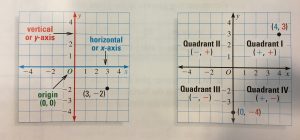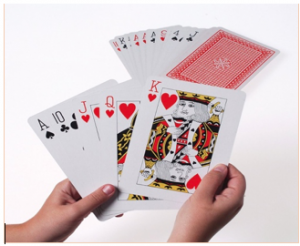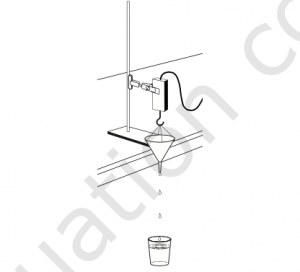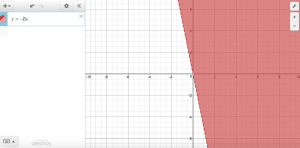This learning progression is for a high school algebra class. In this unit, students will learn important concepts about graphing linear equations. In the first lesson, students will learn about the different properties of a graph. For the second lesson, it will be broken down to two days. Students will check whether the set of ordered pairs are solutions to both the equation and the graph. The next day, students will be introduced to writing the equation as a function form. For the third lesson, students will learn how to find the x-intercept and y-intercept both algebraically and graphically.
The following Common Core State Standards will be satisfied in this unit:
- CCSS.MATH.CONTENT.5.G.A.1
- CCSS.MATH.CONTENT.HSA.REI.B.3
- CCSS.MATH.CONTENT.HSA.REI.D.10
- CCSS.MATH.CONTENT.8.F.A.
- CCSS.MATH.CONTENT.HSF.IF.B.4
The following Mathematical Practice will be satisfied:
- MATH.PRACTICE.MP1:
- MATH.PRACTICE.MP3
- MATH.PRACTICE.MP6
Learning Progression is attached:
learning progression for edtpa



